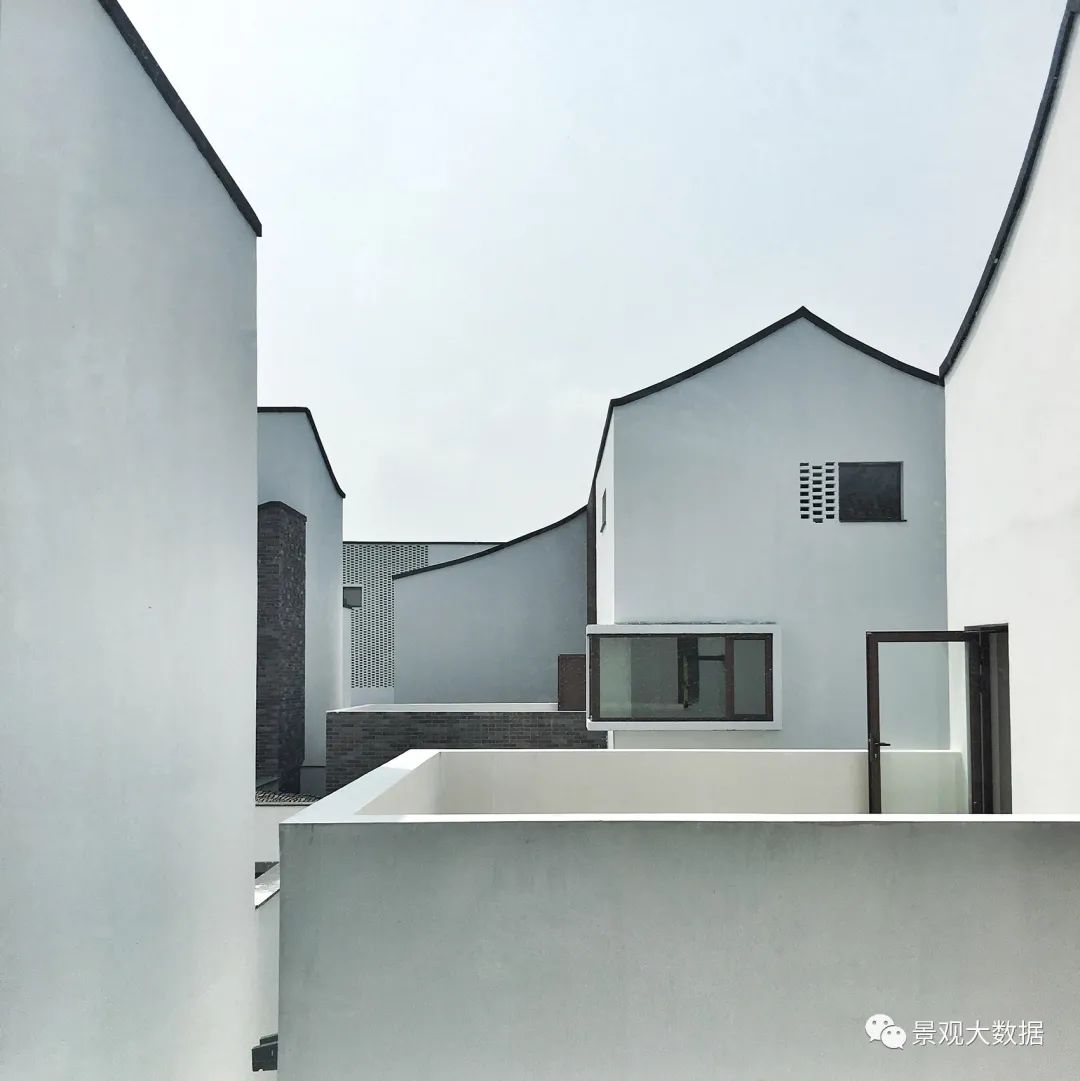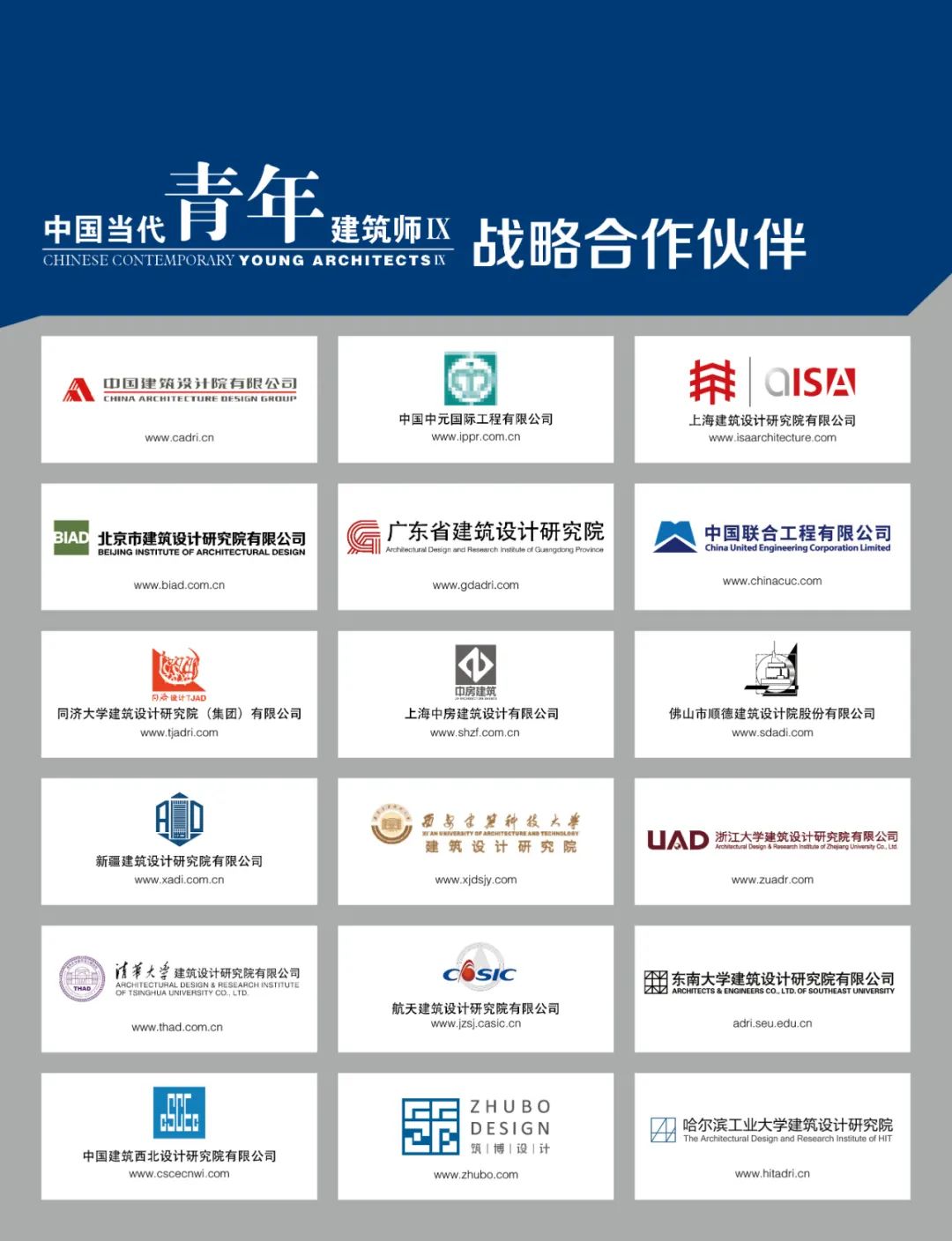Therefore, it forms a cluster and community as the prototype of collective life.

The transformation strategy of the project is to protect the original ecological landscape, respect the original site, restore the architectural texture and minimize Damage to the natural environment.
The future countryside is actually a state of “invisible urbanization”, with green mountains and rivers, nourishment of cultural traditions and modern life.
Through detailed investigation and analysis, an area with relatively complete old houses in the north of the village is selected as the main building of the home stay project.


The project solves a social problem in the current process of extensive urbanization in China: the continuous development of rural labor and resources in cities leads to the gap between urban and rural areas in China At present, the living conditions in most rural areas in China are in urgent need of improvement.
There are several brick and concrete houses built by villagers in the gap, which has a great impact on the texture of the village When the investigation was carried out in the early stage of the design, lahoo village was already in a “hollow village” Only a small number of old people and left behind children live here.

In 2018, Wang Shu published an article entitled “architectural design drives rural change” in the people’s daily.

It Once called the most beautiful town in China by New Zealand writer Louis Ailey, the South enjoys the same reputation as the ancient city of Pingyao in the north.
This is almost the last opportunity for Chinese culture to be saved.
The stone walls of the building are preserved, the stone doors of the courtyard are carefully preserved, and flowers and plants grow in the gaps of the stone retaining wall.


Investigate different families to understand their living habits and age structure, and then make plane layout according to the common requirements and information The final layout not only meets the functional requirements, but also reflects the specific spatial order from public to private north.
At present, almost all Chinese cities are unreal.
These old things are recycled and used by the villagers The life of the village is integrated into the local environment.
I don’t know where their buildings are.
Wang Shu said: “I’m not simply doing rural protection.
Lahoo stone house is located on the hillside, high in the north and low in the south, with a relative altitude of about 30 meters.
The project is committed by the Hangzhou municipal government of China to provide 15300 square meters of affordable housing for 50 households in dongziguan village.
For the sake of fire safety, each building is separated and does not share walls.
The traditional white walls and black tiles in the south of the Yangtze River bring back the forgotten villages to our vision.
The wooden heads in the old house and other old things collected are used for landscape.
The architects read the architectural landscape characteristics of the forest in Western Sichuan and built it in the original farmhouse The design is optimized and extended..
In the overall site planning, there are four incongruities through the aggregation of courtyards The same type of courtyard prototype, and provides a shared open space.




›» Baimei village Su · lahoo stone house, the rebirth of Hunan uPA traditional settlement, the ancient city of Phoenix, located in Xiangxi Tujia and Miao Autonomous Prefecture, Hunan Province, is a famous historical and cultural city in China.
We can’t find where China is.
Unlike the typical strip high-rise buildings built for affordable housing in China, the project strives to organize the architectural form into the local style of courtyard type, which is the local traditional urban form There are two different types of footprints in six different buildings (11) × 21m and 16x14m) They belong to six different families and are surrounded by a courtyard as a place for public communication and participation.
Now dongziguan village has attracted different projects, including hotels and other entertainment and commercial activities.
The total budget of the project is about US $3 million, and the average construction cost is US $190 / 1300 / square meter, which is far lower than the average construction cost, even in the rural areas of Hangzhou How to design and build high-quality houses for repositioned farmers with such a low budget while maintaining their original collective lifestyle has become the main challenge of the project.
Dayi County, Sichuan has designed a place with unique rural memory, which provides a space for agricultural activities display, villagers’ assembly, reading, village Party and group affairs.
In the reconstruction of lahao village, although the old and new are juxtaposed, the memory of rural life is still presented as a whole.
“These are the questions I have been thinking about and constantly exploring.” ▲ Fuyang Fuchun Museum puts forward two typical questions and answers: (1) how to return cultural forces to the countryside? (2) how to promote rural revitalization with architectural design? And “Fuchun mountain Museum” and “Fuyang Wen village” Two Liezi illustrate that the traditional countryside has a profound cultural accumulation and is a living history.
They have nothing to do with Chinese culture.

How does Chinese culture appear in cities? What is the future that Chinese people want? What is the value of ordinary people’s daily, lovely and small life under high-rise buildings? How should we view the relationship between cities and villages? How should architects pass it Design helps people to bridge the value gap between urban and rural areas…
▲ Fuyang Fuchun mountain Museum (2) How to use architectural design to promote rural revitalization? Through rural construction and rural transformation, we try to re explore a local and innovative road of Chinese architecture, a road full of differences and closer to nature.
The building is designed in the local language, and the roof is considered in detail.

Some houses are well preserved, but some have collapsed.
I’m doing it with emotion.





The settlement pattern of the village is incomplete.
▲ Wen village, Dongqiao Town, Fuyang (1) How to make cultural forces return to the countryside? First of all, it should be clear that urbanization does not push farmers to the city in one direction, but the real urbanization should be two-way: China’s urbanization process should be promoted on the basis of a new understanding of the countryside – go to the countryside to find our traditional culture, our feeling of nature and our handicrafts Come and find the Chinese flavor in our life.
Only when the countryside is built well can the city be better and China be more promising.
I can find a little in the countryside.” Rural architectural design practice! ›» the design of dongziguan relocated rural residence GAD green city in Fuyang, Hangzhou is like Wu Guanzhong’s painting.

›» Nanan Meicun rural ecological museum, Chengdu Dongda Design Institute excavates the original rural memory.

This is contrary to the previous affordable housing projects, which do not maintain the traditional public lifestyle.
On the one hand, the space of the village is sorted out, and the public space, roads, parking lots and other infrastructure are reorganized to make the structure of the home stay clear Presentation; on the other hand, twelve houses were selected for transformation, including public areas, accommodation and other functions.
Source: landscape big data ID: if landbd has any copyright problem, please contact Wang Shu.

The building materials are mainly gray and white bricks, and the wood board is used to reconcile the traditional bricks and modern grass In addition to providing high-quality affordable housing, the project also provides opportunities for rural rejuvenation.

The site planning also reflects the local cluster mode in the tradition of Chinese historical cities.
Wang Shu said in the text:“ “There are about 3000 cities with more than 500000 people in China, and each city has become a high-rise building.
In 2012, he won the Pritzker Architecture Award known as the “Nobel Prize” in the architecture industry and became the first Chinese architect to win this award.
Outside Fenghuang ancient town, there are little-known natural scenery, beautiful Miao villages and mysterious Miao folk culture, with a long history.
The traditional double slope roof is developed into an asymmetric continuous slope roof.
It is worth mentioning that the project has no walls and boundaries, coexists with the reserved houses, the village grows like nature, and the new and old natural land are integrated.

The whole village is built close to the mountain, stone houses are scattered, stone roads stretch with the wind, surrounding trees are lush, and the kitchen is full of cooking Smoke curls up, creating a peaceful and leisure atmosphere like heaven.
There are towering ancient trees and mountains around the village.






